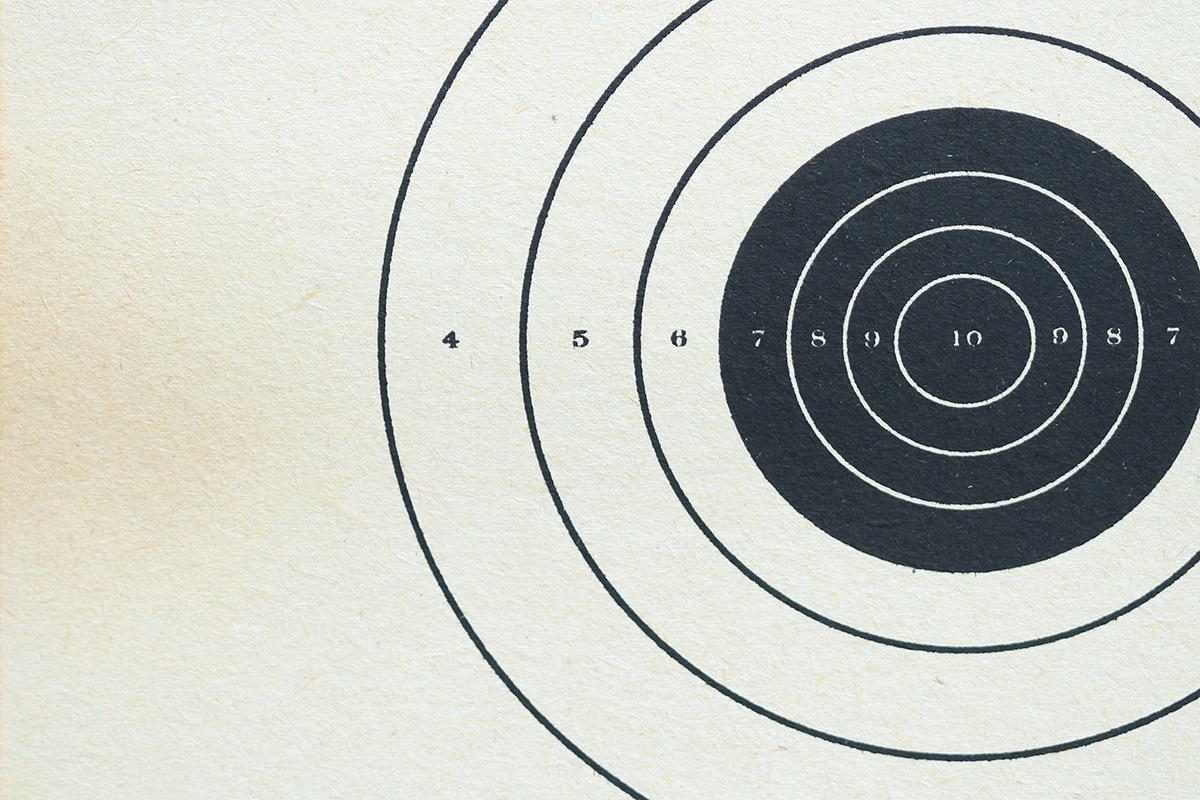2.5.5: Target Size


One of the Level AAA Success Criteria of the Web Content Accessibility Guidelines (WCAG) states that the target for pointer inputs should be at least 44 by 44 CSS pixels in size. Any button, link, or interactive element is considered to be a pointer input. These inputs can be activated by touch or mouse controls, or an equivalent device.
If you have ever struggled to tap a button on your mobile phone screen because of its size, you already know the disadvantage of small targets: they can be very difficult to use. This is especially the case for people who have a physical disability, hand tremors, or a cognitive or motor skill impairment. If a target is too small, activating it will be difficult for anyone who has trouble aiming a pointer or keeping it steady.
Increasing the size of a pointer target ensures it is easier for everyone to see and use, which is important for frequently used targets like add to cart or menu buttons. If this is not possible, web designers can still increase target size via extra padding around elements.
However, there are some notable exceptions to this success criterion.
Links contained within a block of text, including footnotes and help icons, do not need to meet target size requirements – this is to help with reflow and prevents targets from overlapping surrounding text.
If there is another control on the same page that performs the same function as the target, the target is exempt from meeting requirements, as long as the equivalent control is the correct size. The visual presentation of a pointer input also might be essential to its function. For example, location pins on an interactive map are not expected to meet requirements, and designers should not add spacing to increase target size because representing correct locations is essential.
The current WCAG lists Target Size as an AAA level criterion. Organisations who want to conform with the highest level of accessibility should implement target sizes of at least 44 by 44 pixels.
Designers should be aware that there are plans to include 2.5.8 Target Size (Minimum) in the next version of the WCAG as an AA level criterion, which means targets will have to be at least 24 by 24 pixels in size. 2.5.5 Target Size will be renamed to Target Size (Enhanced) in this version.
As part of our consultations, accessibility audits, and training sessions, we can explain all of the contextual nuances that would apply to the WCAG 2.1 Success Criterion 2.5.5 Target Size. If you have any questions or need help with any digital accessibility issue, please don’t hesitate to contact IA Labs.